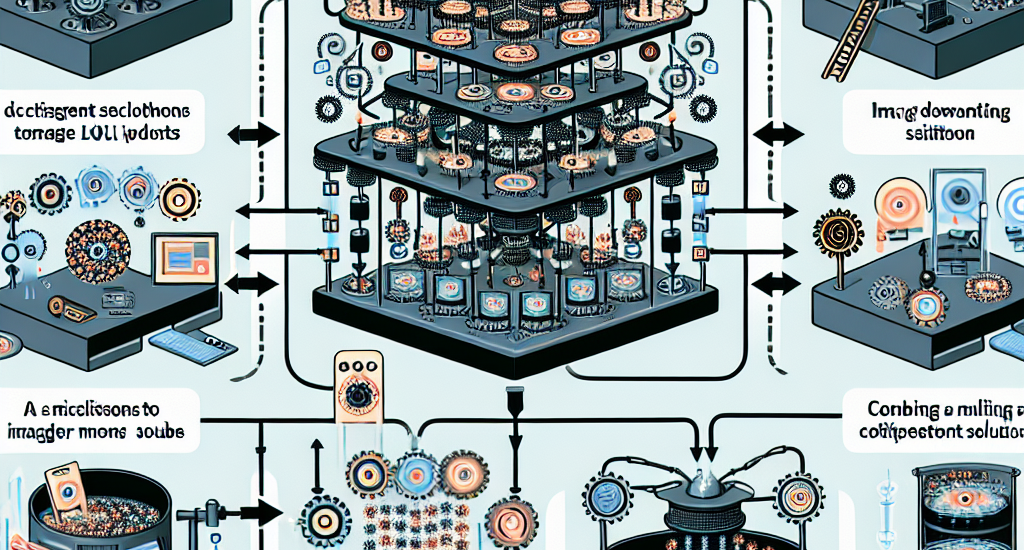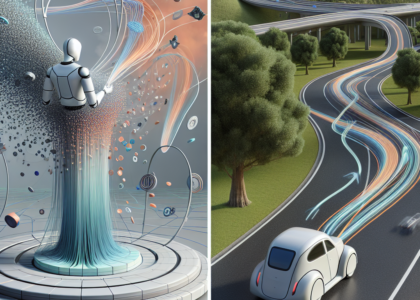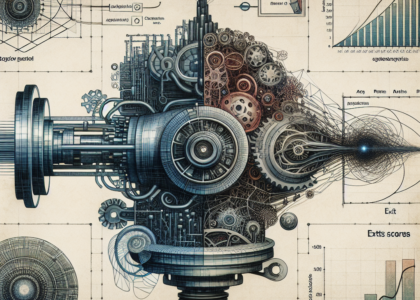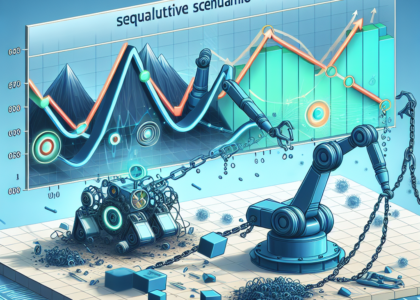Authors: Yi-Lun Lee, Yi-Hsuan Tsai, Wei-Chen Chiu
Abstract: While large vision-language models (LVLMs) have shown impressive capabilities
in generating plausible responses correlated with input visual contents, they
still suffer from hallucinations, where the generated text inaccurately
reflects visual contents. To address this, recent approaches apply contrastive
decoding to calibrate the model’s response via contrasting output distributions
with original and visually distorted samples, demonstrating promising
hallucination mitigation in a training-free manner. However, the potential of
changing information in visual inputs is not well-explored, so a deeper
investigation into the behaviors of visual contrastive decoding is of great
interest. In this paper, we first explore various methods for contrastive
decoding to change visual contents, including image downsampling and editing.
Downsampling images reduces the detailed textual information while editing
yields new contents in images, providing new aspects as visual contrastive
samples. To further study benefits by using different contrastive samples, we
analyze probability-level metrics, including entropy and distribution distance.
Interestingly, the effect of these samples in mitigating hallucinations varies
a lot across LVLMs and benchmarks. Based on our analysis, we propose a simple
yet effective method to combine contrastive samples, offering a practical
solution for applying contrastive decoding across various scenarios. Extensive
experiments are conducted to validate the proposed fusion method among
different benchmarks.
Source: http://arxiv.org/abs/2412.06775v1





